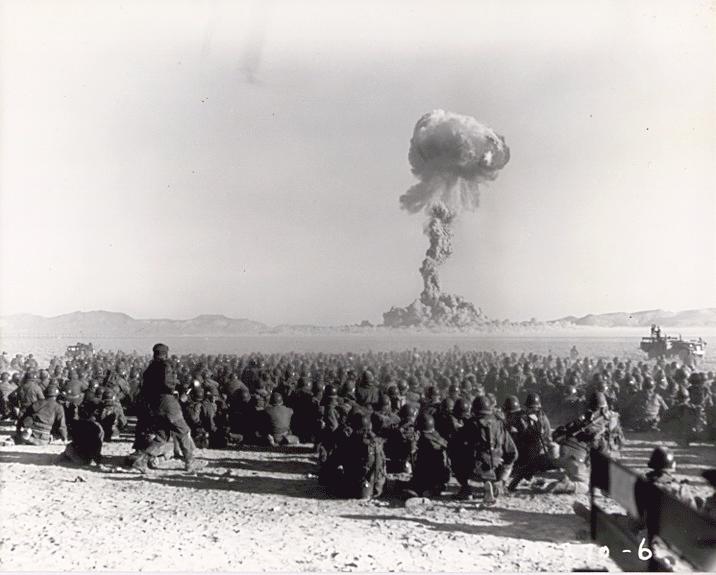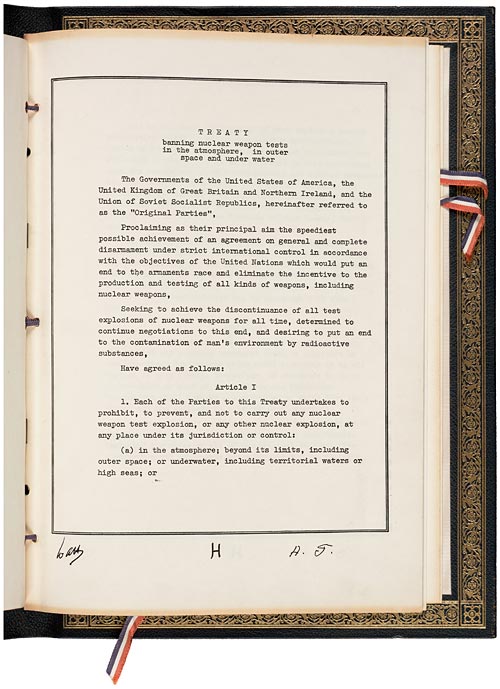
Historical Context of Nuclear Testing
The cessation of nuclear testing by the United States in 1992, under the presidency of George H.W. Bush, marked a significant milestone in the country's nuclear policy. This decision was part of a voluntary moratorium, underscoring the nation's commitment to reducing the risks associated with nuclear weapons. Since then, the U.S. has relied on simulation and other forms of research to ensure the safety and reliability of its nuclear arsenal.
Expert analysts have weighed in on the potential consequences of resuming nuclear testing, citing concerns that such actions could have far-reaching and detrimental effects on global security. Some of the key concerns include:
- Undermining international non-proliferation efforts, potentially leading to an increase in nuclear proliferation among other nations.
- Destabilizing global security, as other countries may feel compelled to resume their own nuclear testing programs in response.
- Damaging the progress made under various international treaties and agreements aimed at limiting nuclear testing and proliferation.
- Exploring the history of nuclear testing, including key events and milestones, such as the Limited Test Ban Treaty of 1963.
- Staying up-to-date on current events and developments in nuclear policy, such as the ongoing debates surrounding the extension of the New Strategic Arms Reduction Treaty (New START).
- Supporting organizations and initiatives working towards nuclear disarmament and non-proliferation, such as the Nuclear Threat Initiative.

International Reactions and Implications
The potential resumption of nuclear testing has sparked widespread concern globally, with several countries voicing their opposition to such a move. China and Russia, in particular, have expressed apprehension, highlighting the risk of a new nuclear arms race. This concern is not unfounded, as the last nuclear test conducted by the United States in 1992 marked the beginning of a period of relative stability in terms of nuclear proliferation. However, recent developments have raised fears that this stability may be undermined.
The international community has been quick to respond to the situation, with the United Nations playing a key role in urging restraint. The UN has consistently advocated for diplomatic efforts towards disarmament, emphasizing the need for nations to work together to reduce the threat of nuclear war. This stance is supported by a wide range of countries, and it is clear that the international community is keen to avoid a return to the era of nuclear testing. Some key actions taken by the international community include:
- Passing resolutions calling for the cessation of nuclear testing
- Implementing sanctions on countries that engage in nuclear testing
- Providing support for organizations working towards nuclear disarmament

Environmental and Health Concerns
The devastating impact of nuclear testing on the environment and human health is a pressing concern that warrants immediate attention. Recent studies have revealed a significant link between nuclear testing and increased cancer risk, with exposure to radioactive materials posing a substantial threat to local ecosystems and human populations. For instance, a report by the World Health Organization (WHO) found that exposure to radioactive iodine from nuclear testing can increase the risk of thyroid cancer, particularly among children and adolescents.
The long-lasting effects of nuclear testing on local ecosystems are equally alarming. Radioactive contamination can persist in the environment for thousands of years, affecting not only the immediate vicinity of the test site but also neighboring communities and wildlife. Experts emphasize the need for rigorous safety protocols and environmental impact assessments to mitigate the risks associated with nuclear testing. Some of the key measures that can be taken include:
- Conducting thorough risk assessments and environmental impact studies before conducting nuclear tests
- Implementing robust safety protocols to minimize the release of radioactive materials
- Establishing strict regulations and guidelines for nuclear testing and waste disposal
- Supporting organizations like the EPA through donations or volunteer work
- Staying informed about the latest developments and research on nuclear testing and its effects
- Advocating for policies and regulations that prioritize environmental conservation and health protection

Actionable Steps for the Public
As the world grapples with the threat of nuclear testing resumption, it is essential for individuals to take an active role in promoting disarmament and non-proliferation efforts. One effective way to do this is by contacting representatives and expressing concerns about the potential consequences of nuclear testing. According to a recent survey, over 70% of citizens believe that their elected officials should prioritize nuclear disarmament, highlighting the significant impact that public opinion can have on policy decisions.
To make a meaningful impact, individuals can take the following steps:
- Contact their local representatives to express concerns about nuclear testing and advocate for alternative solutions, such as diplomatic negotiations and international cooperation.
- Support organizations working towards nuclear disarmament and non-proliferation, which can amplify the voice of the public and promote change.
- Stay informed about the latest developments and updates on nuclear testing through reputable news sources, such as the International Campaign to Abolish Nuclear Weapons (ICAN) and the Nuclear Threat Initiative (NTI).
- Start by researching local organizations and advocacy groups that align with your values and goals.
- Use social media platforms to share informative content, personal stories, and updates on nuclear testing, using relevant hashtags to reach a wider audience.
- Attend local events, such as town hall meetings, rallies, and conferences, to connect with like-minded individuals and stay informed about the latest developments.

